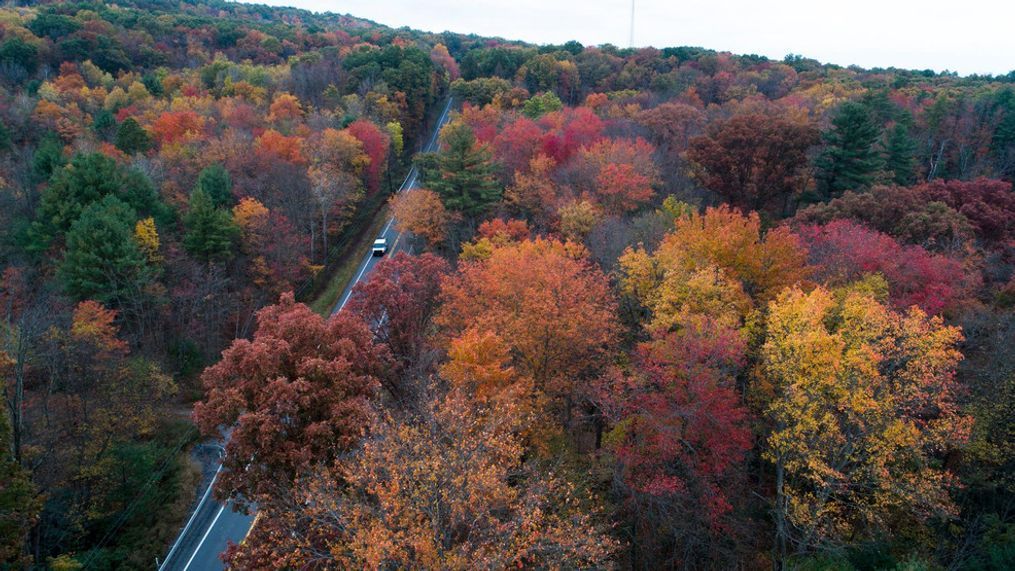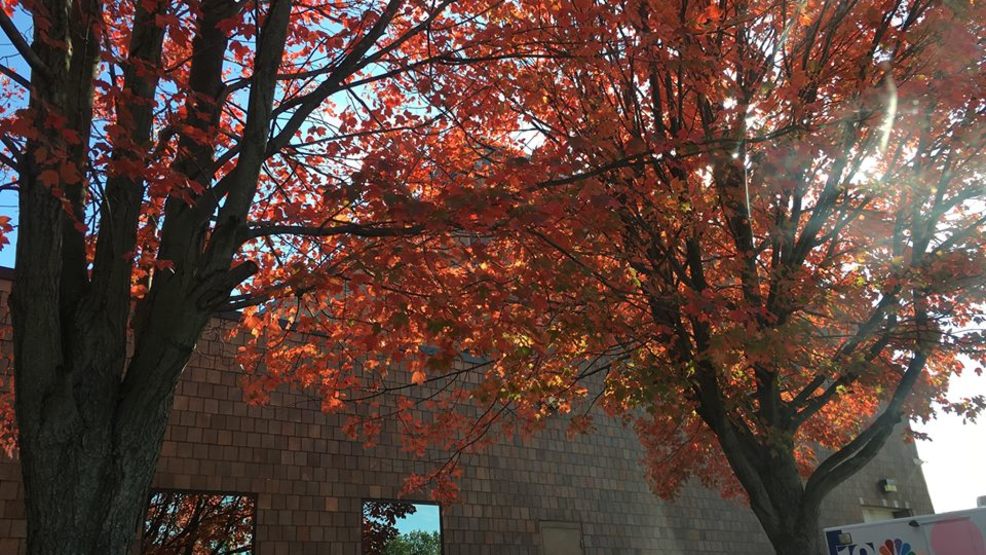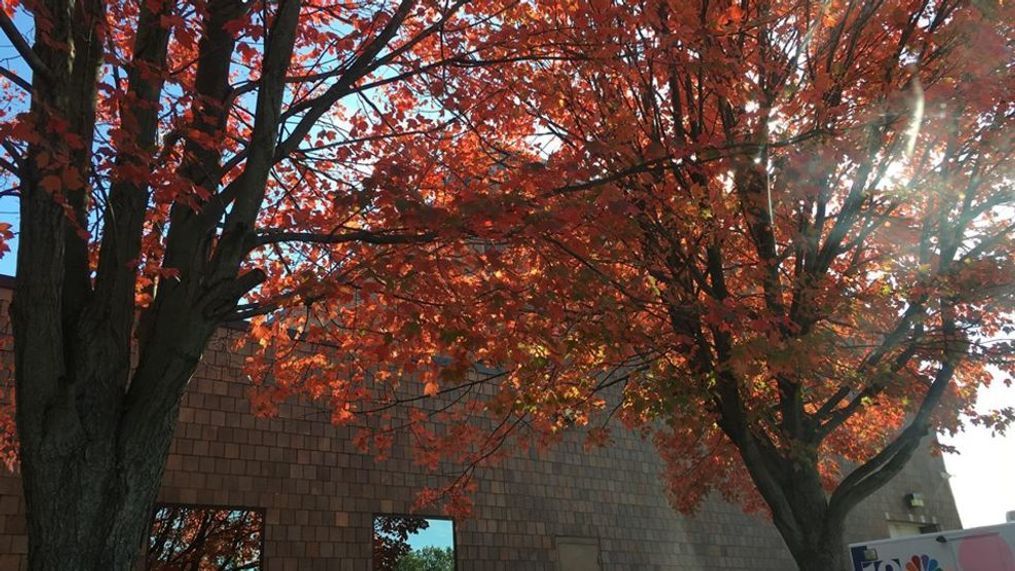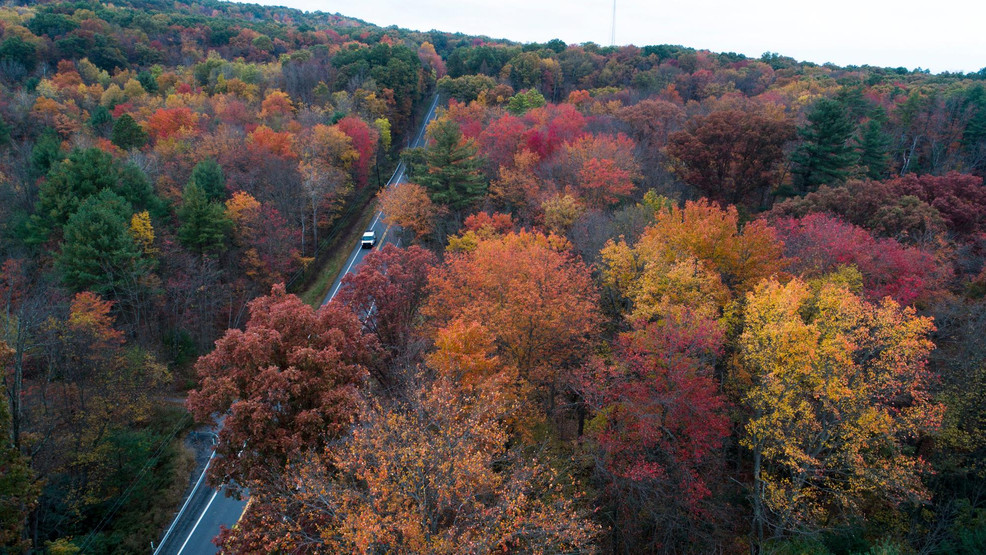“Sunday Science: Spring Leaf Out” – Unveiling the Magic of Nature’s Renewal
As the last wisps of winter’s chill dissipate and the warmth of spring beckons, the natural world awakens from its slumber, donning a kaleidoscope of colors and textures that paint an enchanting picture. Amidst this vibrant tapestry, one of the most mesmerizing phenomena is about to unfold – the majestic spring leaf out. Like a symphony of green, millions of leaves are set to unfurl, painting the landscape with an explosion of life, growth, and renewal.

Practical Aspects of Spring Leaf Out
Phenological Changes and Observations

At Unionjournalism, we recognize the importance of understanding and tracking phenological changes in our environment. Phenology, the study of the seasons and how plants and animals adapt to timing changes, is crucial in addressing the impacts of climate change. Citizen science initiatives and phenological research have become increasingly popular, enabling individuals to contribute to our understanding of environmental changes.
Observations of changes in plant and animal behavior are essential in monitoring the effects of climate change. For instance, changes in the timing of spring leaf out can have significant impacts on ecosystems and plant life. In Southern New England, the average first freeze has been occurring later in the calendar, resulting in a longer growing season. However, this also means that some plants may not receive the necessary chill period, leading to reduced yields or poor quality.

Gardening and Horticulture in a Changing Climate
As the climate continues to change, gardeners and farmers must adapt to shifting freeze patterns and warmer temperatures. Strategies for adapting to these changes include:
- Selecting plant varieties that are resilient to changing weather conditions
- Implementing irrigation systems to mitigate the effects of drought
- Using row covers or other protective measures to shield plants from extreme weather events
- Monitoring weather forecasts and adjusting planting schedules accordingly
- Using mulch or other soil coverings to regulate soil temperature and retain moisture
- Implementing integrated pest management strategies to minimize the use of chemical pesticides
- Participating in citizen science initiatives and phenological research
- Joining local environmental groups or organizations focused on sustainability
- Supporting policies and initiatives aimed at addressing climate change
Tips for gardeners and farmers in a changing climate include:
Community Engagement and Education
Raising awareness about climate change and its local impacts is crucial in promoting community engagement and environmental action. At Unionjournalism, we believe that education and outreach are essential in empowering individuals to make informed decisions about their environment. Opportunities for community involvement and environmental action include:
Regional Focus: Southern New England and the Equinox
The Science of the Equinox
The equinox, which marks the beginning of spring in the Northern Hemisphere, is an astronomical phenomenon that occurs when the tilt of Earth’s axis is perpendicular to the Sun’s rays. On the equinox, night and day are nearly the same length at 12 hours, all over the world.
In reality, equinoxes don’t have exactly 12 hours of daylight. In fact, most places on Earth enjoy more than 12 hours of daylight on this day, including here in Southern New England at 12 hours, 9 minutes and 46 seconds. This is because of two reasons: the way sunrise and sunset are defined and atmospheric refraction of sunlight.
Local Implications of Climate Change
Regional trends and observations of shifting freeze patterns in Southern New England indicate that the average first freeze has been occurring later in the calendar. According to data from the National Oceanic and Atmospheric Administration’s National Centers for Environmental Information, the average first freeze in Southern New England has been occurring around October 26 since 2010.
This trend has significant implications for local ecosystems and plant life. For instance, some plants may not receive the necessary chill period, leading to reduced yields or poor quality. Additionally, pests that attack trees and spread disease may not be killed off as early as they normally would be, leading to increased pressure on local ecosystems.
Celebrating the Equinox and Spring Leaf Out
The equinox has significant cultural and historical importance, marking the beginning of spring in the Northern Hemisphere. In Southern New England, community events and celebrations are held to mark the occasion, including:
- Spring festivals and fairs
- Equinox-themed hikes and nature walks
- Community garden initiatives and plantings
Conclusion
As we bid farewell to the chilly winter months, the arrival of spring brings with it a flurry of scientific explanations and phenomena. Our “Sunday Science” series delved into the fascinating world of spring leaf out, revealing the intricate mechanisms behind this natural wonder. At its core, spring leaf out is a complex interplay between temperature, daylight hours, and the physiological responses of trees, which ultimately culminates in the vibrant display of colors we witness each spring. By examining the intricacies of photo-synthesis, chlorophyll production, and hormone regulation, our article sought to demystify the process, showcasing the remarkable adaptability of trees to their environment.
The significance of spring leaf out extends far beyond its aesthetic appeal, offering valuable insights into the ecological and environmental implications of this phenomenon. As climate change continues to disrupt the delicate balance of our planet’s ecosystems, understanding the responses of trees to changing conditions is crucial for predicting and mitigating the effects of rising temperatures and altered precipitation patterns. Furthermore, the study of spring leaf out can inform strategies for sustainable forest management, conservation, and restoration. By grasping the underlying mechanisms that govern this process, we can unlock new avenues for improving tree health, enhancing biodiversity, and promoting ecosystem resilience.
As we venture forward into an increasingly uncertain future, the lessons we can glean from spring leaf out serve as a poignant reminder of the interconnectedness of our natural world. As the seasons unfold, we are reminded of the awe-inspiring complexity and beauty of the natural world, and the importance of preserving the delicate balance of our ecosystems for future generations. As the leaves burst forth in vibrant hues, they whisper a poignant message: the beauty of science lies not just in its explanations, but in its capacity to inspire, educate, and remind us of our place within the grand tapestry of life.
